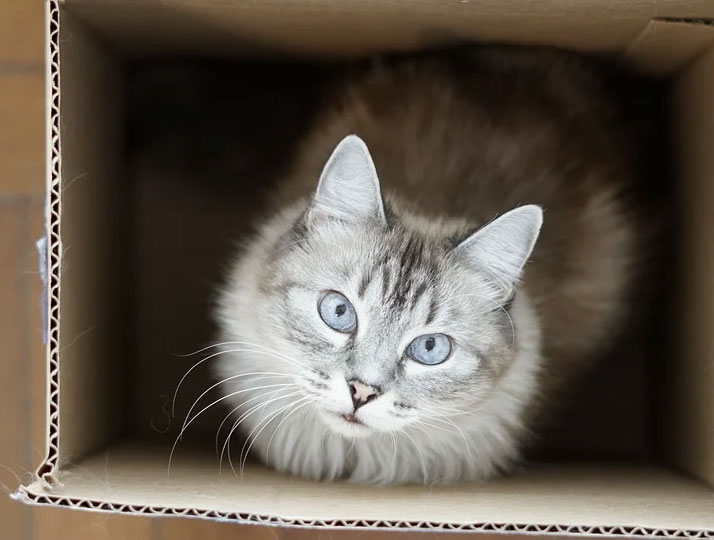Creating the Perfect Litterbox

Many litterbox problems can be prevented by creating a cat-friendly litterbox for your new feline friend.
Litter
-Most cats prefer fine grained material which feels soft, so in general your best bet is to start with a clumping litter which is usually finer than clay.
-The litter should be about 1 1/2 -2 inches deep. Although some cats will tolerate it deeper and some like it shallower, this seems to be a depth that is acceptable to most cats.
-Use unscented litter. Some cats do fine with scents, but in general it's a safer bet to keep the litterbox scent free.
Type of Box
-Use a box that takes into account the cat's physical characteristics. Large cats may need bigger than average boxes, kittens and elderly or ill animals may need one with lower sides for easier access.
-Unless there is a compelling reason not to do not use a cover initially. Covers sometimes make it more difficult for a cat to adjust herself to her liking, some cats may be reticent about entering a darker area, and it prevents the cat from monitoring her surroundings while she is in a vulnerable position.
-Provide at least as many boxes as there are cats in the family.
Location, Location, Location
-Locate the box so that it provides both privacy and is easily accessible.
-Cats need to be able to see in as many directions as possible while they are in the box or be protected on some sides by walls or other barriers. Don't locate the box so that the cat's view is blocked, allowing a person or animal to startle or "ambush" her.
-Avoid locating the box near appliances whose noise may startle the cat (washer,dryer,furnace, etc.)
-Do not place multiple boxes right next to one another. This may make all boxes inaccessible to other cats if one cat is using one of the boxes.
-Try to position the box so there is more than one exit route from it. This prevents a cat from being trapped in the box by another pet.
Cleanliness
-Feces and clumps should be scooped daily.
-The litter should be changed often enough so that it always looks dry and clean. Frequency will depend on the number of boxes, the type of litter and the number of cats.
-There should be no dried urine or stool on the box or no odor detectable from the box itself. If there is, the box needs washing. Use a mild, unscented cleaning product.
-Liners may be used to make upkeep easier.Roll the open end of the liner closed and clamped to the box with a bag clip, to minimize loose folds that the cat may catch her claws in.
-If you will not be able to keep up a consistent cleaning schedule, consider a self-cleaning litterbox which activates 10 minutes after the cat leaves the box, and rakes the waste into a container at the end of the box.
